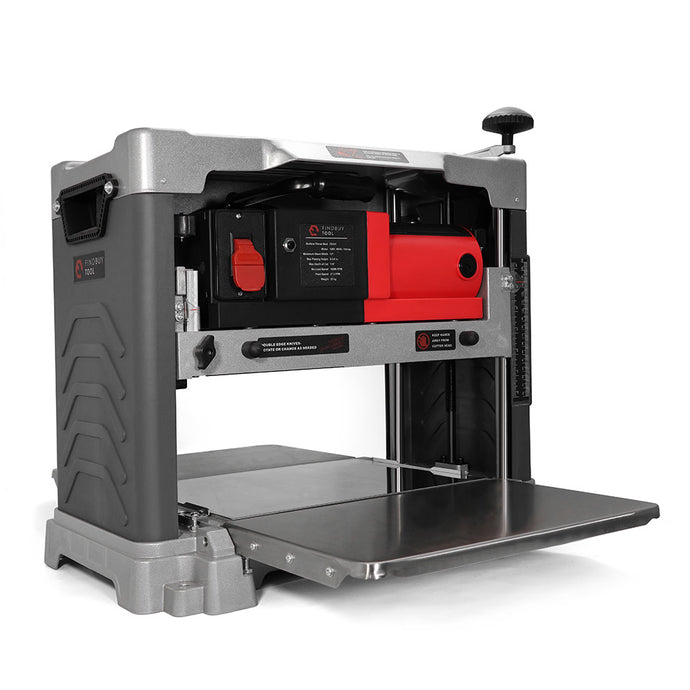- Call Us: +91 79061-77527, +91 78305-93000
- Email: export@hnvpharma.com
In the world of woodworking, achieving precision and efficiency often determines the quality of the final product. For serious woodworkers, the wood jointer planer stands as a transformative tool, marrying the functions of a jointer and a planer into a single, integrated machine. This dual-functionality allows craftsmen to streamline their workflow, save valuable shop space, and elevate the accuracy of their projects. Understanding the advantages and applications of a wood jointer planer can significantly enhance your woodworking experience, making it an invaluable asset in any workshop.
At its core, a wood jointer planer is designed to perform two crucial tasks that are fundamental to woodworking. The jointer function ensures that one face of a board is perfectly flat and one edge is square. This process is essential for preparing wood for further processing and creating joints between pieces. Without a properly flattened face and square edge, subsequent tasks like edge joining or gluing become challenging and less reliable. The planer function, on the other hand, is used to achieve a consistent thickness across the entire length of the board. This step is crucial for ensuring uniformity in thickness, which is essential for creating smooth, even surfaces that fit together seamlessly in finished projects.
The wood jointer planer's design is a marvel of engineering, blending the best features of both individual machines into one. Typically, it features precision-ground cast iron tables that provide a stable, flat surface for work. This stability is key to achieving accurate results and minimizing vibrations that can affect the quality of the finished surface. The helical cutterhead, a common feature in modern jointer planers, adds another layer of precision by reducing tear-out and providing a smoother finish. The helical design uses multiple small cutting blades arranged in a spiral pattern, which results in a more refined cut and extends the lifespan of the blades.
One of the most significant advantages of a wood jointer planer is its ability to streamline workflow. Traditional woodworking requires separate machines for jointing and planing, which can be cumbersome and time-consuming. The jointer planer eliminates the need for multiple setups and adjustments between tasks, allowing woodworkers to transition smoothly from flattening and edge jointing to planing and thicknessing. This integration not only saves time but also enhances accuracy by reducing the potential for errors that can occur during setup and calibration.
Choosing the right wood jointer planer involves evaluating several key factors to ensure it meets your specific needs. Size and capacity are crucial considerations. Jointer planers come in various sizes, and selecting the appropriate model depends on the dimensions of the wood you typically work with. Larger machines offer greater capacity and are suitable for bigger projects, while compact models are ideal for smaller workshops or hobbyists. It's important to match the machine's size and capacity with your typical projects to ensure optimal performance.
Another essential factor is the quality of the machine. A well-built jointer planer should feature robust construction, accurate adjustments, and reliable components. Look for models with positive reviews and a reputation for durability. Investing in a high-quality machine can save you from frequent maintenance issues and ensure consistent performance over time. Brands known for their craftsmanship and reliability, such as Jet, DeWalt, and Powermatic, often offer models that stand out in terms of performance and longevity.
The ease of use and adjustment mechanisms are also critical considerations. A user-friendly design with intuitive controls and easy adjustments can significantly enhance your woodworking experience. Features such as quick-change blades, accurate depth settings, and convenient dust collection systems contribute to a more efficient and enjoyable workflow. Additionally, a machine with clear, easy-to-read scales and controls helps in achieving precise settings without unnecessary frustration.
Maintenance and support are crucial aspects to consider when investing in a wood jointer planer. Regular maintenance ensures that the machine operates smoothly and consistently. Check if the manufacturer provides comprehensive support, including a warranty and access to customer service. A good warranty can protect your investment and provide peace of mind, while responsive customer service can assist with any issues that arise.
For many woodworkers, a wood jointer planer is not just a tool but a cornerstone of their craft. Its ability to combine two essential functions into one machine not only enhances efficiency but also elevates the quality of the work produced. By investing in a high-quality jointer planer, woodworkers can achieve precise, professional results that reflect their skill and dedication. Whether you are a seasoned professional or an enthusiastic hobbyist, the wood jointer planer represents a significant advancement in woodworking technology, offering the precision and reliability needed to turn your creative visions into reality.
